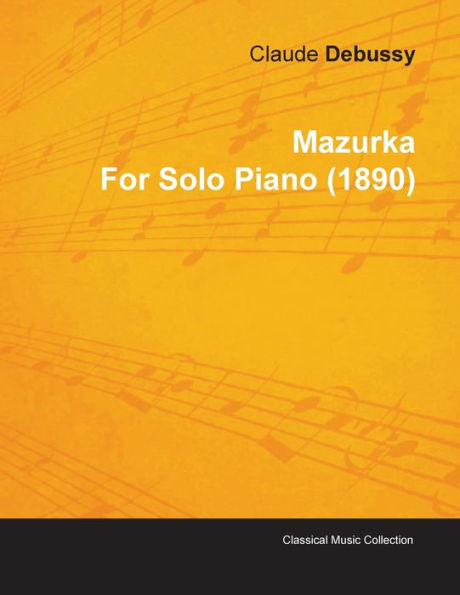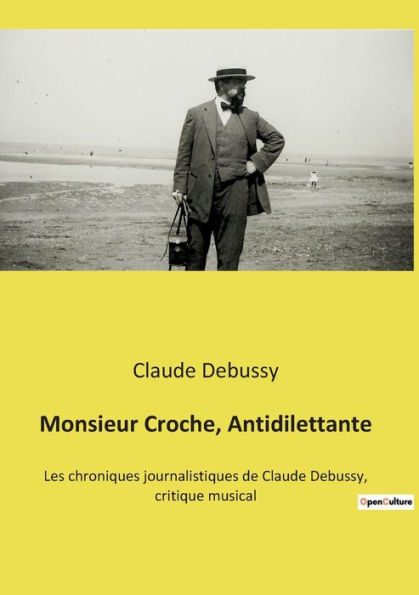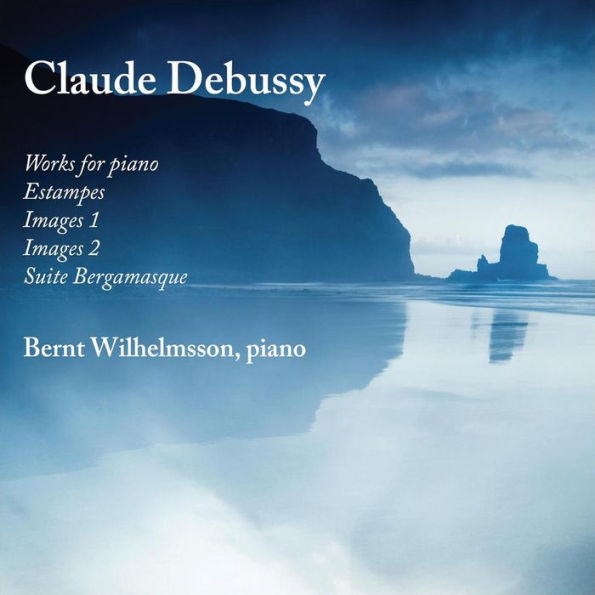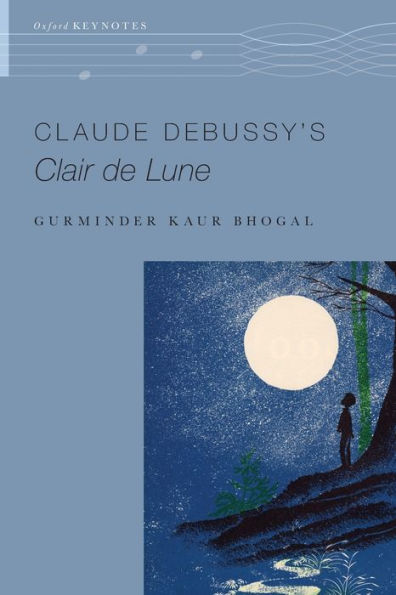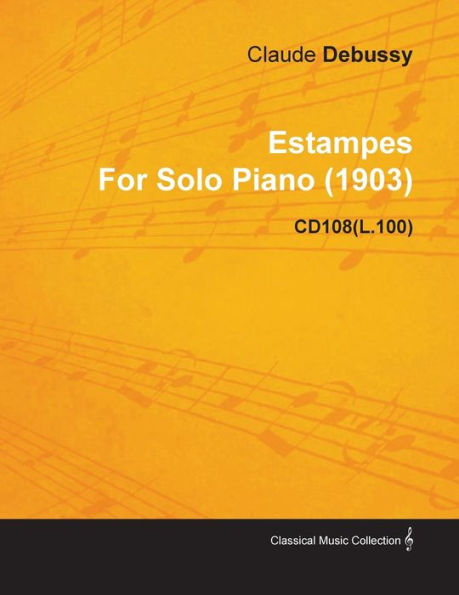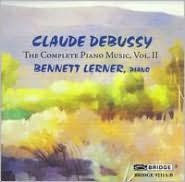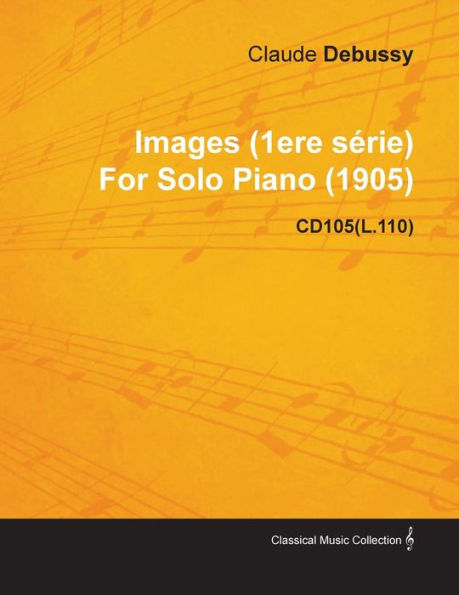Home
The Musical Relationship between Claude Debussy and Igor Stravinsky
Barnes and Noble
Loading Inventory...
The Musical Relationship between Claude Debussy and Igor Stravinsky in Franklin, TN
Current price: $110.00
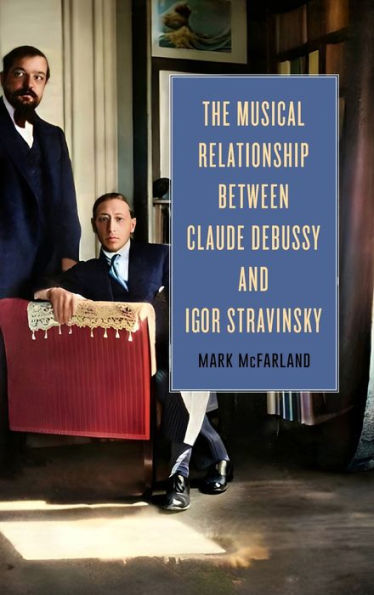
Barnes and Noble
The Musical Relationship between Claude Debussy and Igor Stravinsky in Franklin, TN
Current price: $110.00
Loading Inventory...
Size: OS
Stravinsky's influence on Debussy in 1910-13, rarely discussed, is demonstrated here in the many modernistic features of such works as the Preludes Book II, Khamma, and Jeux.
This book reassesses the relationship between Debussy and Stravinsky, two of the most important composers of the early twentieth century. When the Russian composer traveled to France in 1910 to attend the premiere of his first ballet, The Firebird, he was invited to dine at the French composer's house, and a photo of the two commemorates the beginning of their friendship. Stravinsky was already acquainted with many of Debussy's earlier works, and Debussy was introduced to the Russian composer's first three ballets between 1910 and 1913.
Stravinsky's early works contain Debussy-like passages, as in the opening measures of his opera The Nightingale, which echoes the opening measures of Debussy's "Nuages." As author Mark McFarland here shows, however, the adoption on Debussy's part of characteristics from Stravinsky's style is, perhaps surprisingly, no less substantial. Debussy borrowed motifs from both The Firebird and Petrushka as well as the Russian tradition of Leitharmony in his little-known ballet Khamma, and Stravinsky's ballets, including The Rite of Spring, seems to have sparked an exploration into octatonic harmony in Debussy's second book of piano preludes.
McFarland's close analysis of parallel passages and usages in works of the two composers also reveals that Debussy eventually distanced himself from Stravinsky, perhaps fearing to seem like an acolyte rather than an innovator. His borrowings from Stravinsky (and Russian style) gradually disappear, as McFarland demonstrates by close attention to passages in some of the late works, which move in the direction of a neoclassicism that Stravinsky himself would soon adopt and expand further.
This book reassesses the relationship between Debussy and Stravinsky, two of the most important composers of the early twentieth century. When the Russian composer traveled to France in 1910 to attend the premiere of his first ballet, The Firebird, he was invited to dine at the French composer's house, and a photo of the two commemorates the beginning of their friendship. Stravinsky was already acquainted with many of Debussy's earlier works, and Debussy was introduced to the Russian composer's first three ballets between 1910 and 1913.
Stravinsky's early works contain Debussy-like passages, as in the opening measures of his opera The Nightingale, which echoes the opening measures of Debussy's "Nuages." As author Mark McFarland here shows, however, the adoption on Debussy's part of characteristics from Stravinsky's style is, perhaps surprisingly, no less substantial. Debussy borrowed motifs from both The Firebird and Petrushka as well as the Russian tradition of Leitharmony in his little-known ballet Khamma, and Stravinsky's ballets, including The Rite of Spring, seems to have sparked an exploration into octatonic harmony in Debussy's second book of piano preludes.
McFarland's close analysis of parallel passages and usages in works of the two composers also reveals that Debussy eventually distanced himself from Stravinsky, perhaps fearing to seem like an acolyte rather than an innovator. His borrowings from Stravinsky (and Russian style) gradually disappear, as McFarland demonstrates by close attention to passages in some of the late works, which move in the direction of a neoclassicism that Stravinsky himself would soon adopt and expand further.
Stravinsky's influence on Debussy in 1910-13, rarely discussed, is demonstrated here in the many modernistic features of such works as the Preludes Book II, Khamma, and Jeux.
This book reassesses the relationship between Debussy and Stravinsky, two of the most important composers of the early twentieth century. When the Russian composer traveled to France in 1910 to attend the premiere of his first ballet, The Firebird, he was invited to dine at the French composer's house, and a photo of the two commemorates the beginning of their friendship. Stravinsky was already acquainted with many of Debussy's earlier works, and Debussy was introduced to the Russian composer's first three ballets between 1910 and 1913.
Stravinsky's early works contain Debussy-like passages, as in the opening measures of his opera The Nightingale, which echoes the opening measures of Debussy's "Nuages." As author Mark McFarland here shows, however, the adoption on Debussy's part of characteristics from Stravinsky's style is, perhaps surprisingly, no less substantial. Debussy borrowed motifs from both The Firebird and Petrushka as well as the Russian tradition of Leitharmony in his little-known ballet Khamma, and Stravinsky's ballets, including The Rite of Spring, seems to have sparked an exploration into octatonic harmony in Debussy's second book of piano preludes.
McFarland's close analysis of parallel passages and usages in works of the two composers also reveals that Debussy eventually distanced himself from Stravinsky, perhaps fearing to seem like an acolyte rather than an innovator. His borrowings from Stravinsky (and Russian style) gradually disappear, as McFarland demonstrates by close attention to passages in some of the late works, which move in the direction of a neoclassicism that Stravinsky himself would soon adopt and expand further.
This book reassesses the relationship between Debussy and Stravinsky, two of the most important composers of the early twentieth century. When the Russian composer traveled to France in 1910 to attend the premiere of his first ballet, The Firebird, he was invited to dine at the French composer's house, and a photo of the two commemorates the beginning of their friendship. Stravinsky was already acquainted with many of Debussy's earlier works, and Debussy was introduced to the Russian composer's first three ballets between 1910 and 1913.
Stravinsky's early works contain Debussy-like passages, as in the opening measures of his opera The Nightingale, which echoes the opening measures of Debussy's "Nuages." As author Mark McFarland here shows, however, the adoption on Debussy's part of characteristics from Stravinsky's style is, perhaps surprisingly, no less substantial. Debussy borrowed motifs from both The Firebird and Petrushka as well as the Russian tradition of Leitharmony in his little-known ballet Khamma, and Stravinsky's ballets, including The Rite of Spring, seems to have sparked an exploration into octatonic harmony in Debussy's second book of piano preludes.
McFarland's close analysis of parallel passages and usages in works of the two composers also reveals that Debussy eventually distanced himself from Stravinsky, perhaps fearing to seem like an acolyte rather than an innovator. His borrowings from Stravinsky (and Russian style) gradually disappear, as McFarland demonstrates by close attention to passages in some of the late works, which move in the direction of a neoclassicism that Stravinsky himself would soon adopt and expand further.

